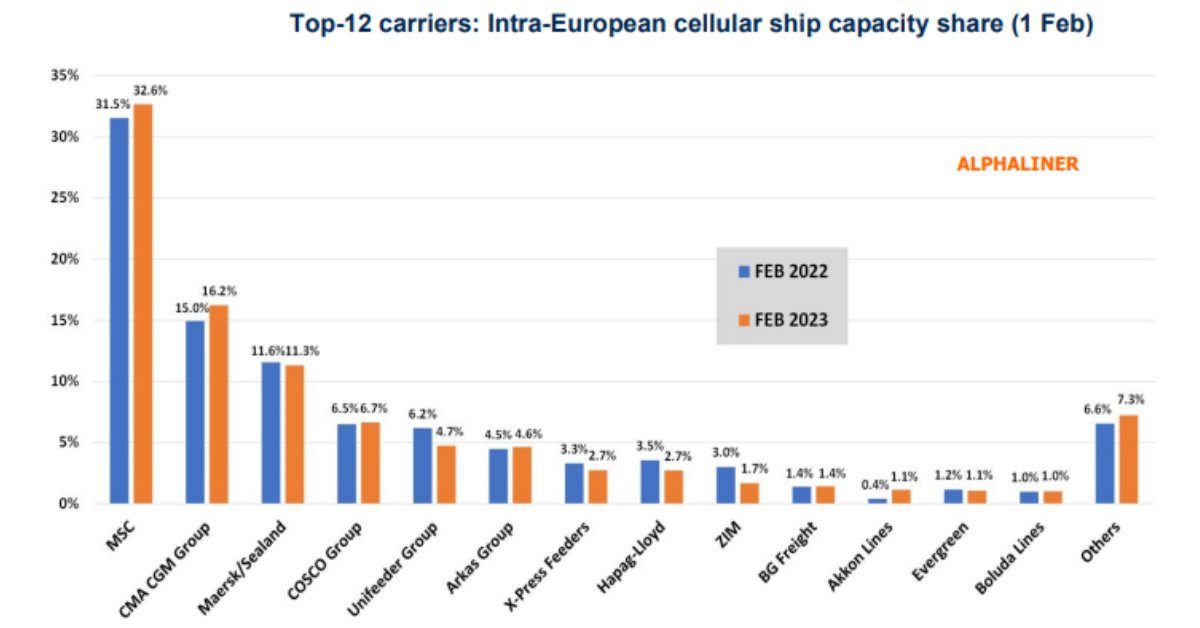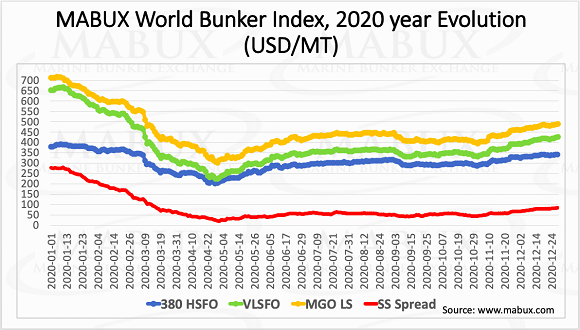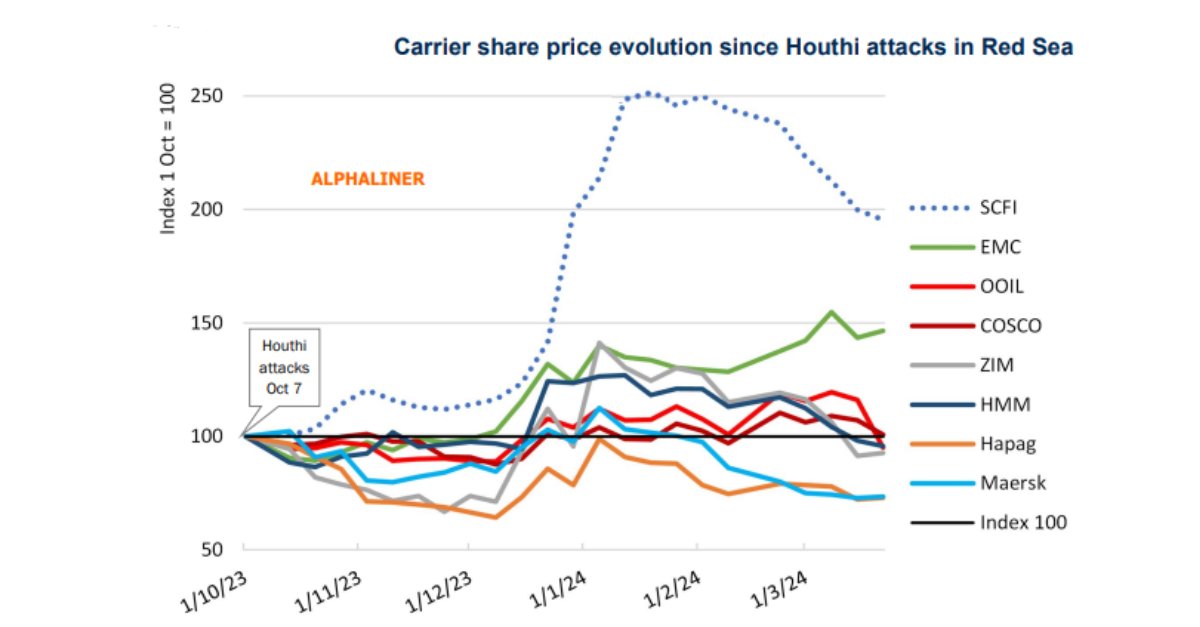

The fall in light crude exports from the United States to the far east has led to buyers seeking replacement barrels. One of the most natural sources of similar oil is west Africa. Indeed, the total ton mile demand for VLCCs in region has shot upwards, while Suezmax exports, used for Atlantic Basin trades have been moving downwards (See Chart #1).
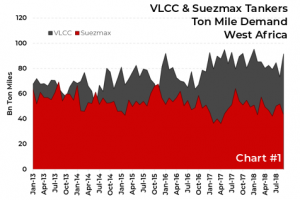
US exports of Crude and dirty products have slowed as well as Chinese buyers have stepped away, which matches the reported EIA crude oil inventory builds. This can be seen in Chart #2.
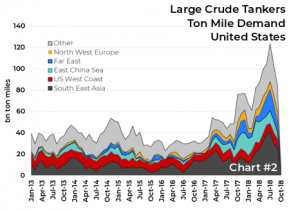
This leads to an answer of the larger question, what does this all mean for tanker rates? The trend of lower US crude and dirty product exports is a clear negative for tankers. The fall in US Crude exports from June, 2018 through the end of September has removed 30 bn ton miles from vessel demand. VLCC Rates are rising though, and sentiment is firm. This isn’t just a bullish spin by tanker owners seeking to make the most of the start of the seasonally sensitive rate window after a lackluster 2018. The demand for crude tankers is rising due to the sanctions on Iran. Refiners seeking to replace Iranian barrels are forced to seek oil from sub-optimal sources, leading to longer voyages, see Chart #3.
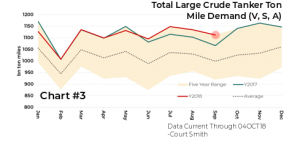
This in turn boosts ton mile demand overall, and with it go rates.










